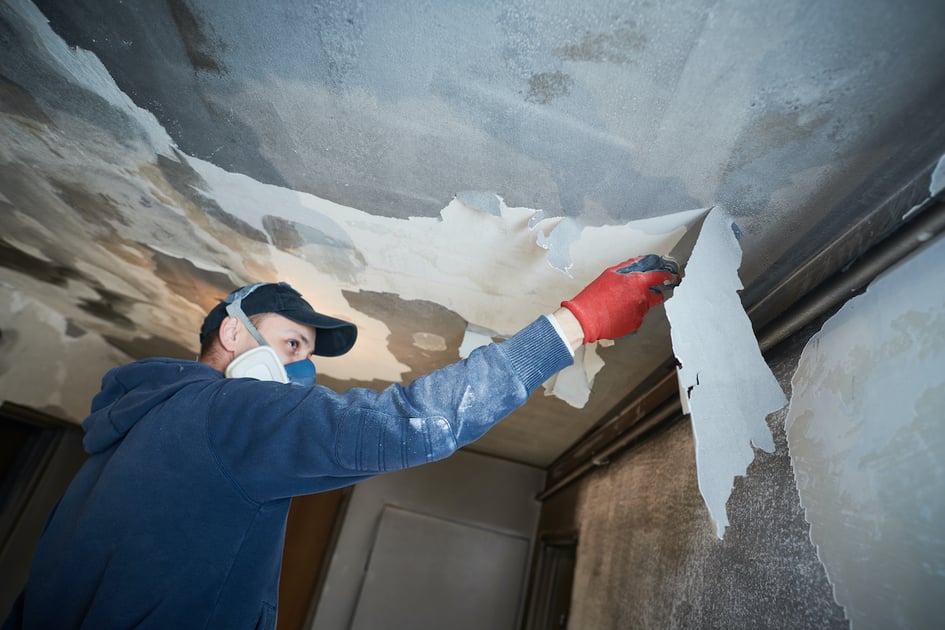The 5 Job Site Metrics That Make or Break a Restoration Project
July 29, 2025 •Liam Reiser

Success on a restoration job site isn’t just about getting the work done. It’s about completing projects efficiently, staying within budget, and keeping customers satisfied. To do that consistently, you need to measure what’s happening on every job, not just at the company level, but at the site level, where results are made.
Tracking the right job site metrics helps you manage field teams, improve outcomes, and make smarter decisions in real time. It gives your project managers and field supervisors the visibility they need to keep projects running smoothly and profitably. Without this insight, even small issues can turn into delays, budget overruns, or frustrated clients.
Let’s look at five critical job site metrics restoration companies should track to improve project performance and scale their operations with confidence.
Why Job Site KPIs Matter for Restoration Projects
Job site Key Performance Indicators (KPIs) give restoration teams a clear view of what’s working and what’s not, across their active projects. They turn everyday field activity into actionable data, helping contractors improve performance without relying on guesswork.
When tracked consistently, KPIs reveal patterns that allow you to fix problems early, coach your team more effectively, and hit your deadlines with fewer surprises. That means fewer callbacks, fewer missed steps, and more projects completed on time and on budget.
KPIs also align your field and office teams. When everyone sees the same numbers like response time, completion rate, and job cost variance, it’s easier to spot issues, communicate clearly, and stay accountable. These shared metrics help teams focus on the right priorities and reduce confusion, especially on fast-moving or high-volume jobs.
Ultimately, KPIs provide restoration contractors with the operational clarity necessary to run efficient, customer-focused businesses. Whether you're managing a few crews or multiple locations, job site metrics serve as the foundation for informed decisions and improved results.

Job Site Metrics That Matter Most in Restoration
Restoration project success depends on more than just showing up and getting the work done. To run a profitable and scalable operation, restoration contractors need to monitor the right key performance indicators (KPIs) on every job site. These are the measurable points that reveal where your business is strong and where small problems may be adding up to bigger issues over time.
Below are five essential job site metrics that directly affect profitability, team performance, and client satisfaction. Keeping a close eye on these metrics helps restoration businesses make informed decisions and improve operational consistency.
1. Response Time
How fast your team arrives at a job site after dispatch is often a deciding factor for customer satisfaction and overall job success. Response time tracking shows how effective your scheduling, crew readiness, and dispatch coordination really are. For services like water damage mitigation, faster arrival times can reduce the extent of damage and lower total job costs. Over time, improving this metric can lead to better reviews, more referrals, and a stronger reputation in your service area.
2. Job Completion Rate
This metric tells you how often your jobs are being finished on time and according to the original scope. A decline in job completion rates can be an early warning sign of workflow inefficiencies, unclear task assignments, or communication breakdowns. Restoration project managers should review this regularly to spot bottlenecks and understand whether timelines and crew output are aligned with expectations.
3. Budget Accuracy
Every restoration job begins with an estimate. Budget accuracy measures how close your final job costs come to that estimate. If your actual costs are consistently higher than planned, it could be a sign of missed documentation, overtime labor, or inaccurate resource forecasting. Keeping this metric in check helps ensure profitability and keeps your financial reporting clean for both internal reviews and insurance billing.
4. Task Completion Consistency
Restoration jobs rely on task lists that must be executed in a specific order. When tasks like moisture readings, daily logs, or equipment pickup are delayed or skipped, it often causes delays, billing disputes, or rework. Restoration management software like Xcelerate makes task tracking easier by letting you assign, monitor, and complete tasks from the office or field. Consistently completing task checklists leads to cleaner documentation and better job outcomes.
5. Customer Sign-Off Time
After job work is completed, the time it takes for the customer to review and sign off on the project provides insight into your communication and documentation processes. Delays in this stage often indicate missing photos, incomplete paperwork, or confusion about what has been completed. Shorter sign-off times indicate a smoother handoff, which can lead to more repeat business and positive reviews.

How Restoration Software Improves Job Site Metrics
Tracking metrics manually is time-consuming and error-prone, especially when managing multiple projects at once. Restoration project management tools simplify this process by offering centralized dashboards, real-time updates, and automation. These features turn job site data into actionable insights without adding extra work for your team.
Real-Time Task Tracking
Modern restoration contractor software allows your field and office teams to stay connected. When tasks like moisture readings, equipment logs, or daily updates are tracked in real time, managers can quickly identify delays or missed steps. This visibility helps correct problems before they impact the entire job. For example, Xcelerate users can assign tasks to specific team members and view progress from a central job file, improving accountability across crews.
Centralized Job Documentation
Documentation is often the difference between getting paid quickly and chasing down insurance claims. Restoration software keeps photos, notes, signatures, and estimates tied to each project in one place. This organization not only reduces admin time, it also supports faster customer sign-off and reduces disputes with adjusters.
Field Reporting and Mobile Access
Job site metrics lose value when they are delayed. Restoration software with mobile access allows technicians to submit updates, photos, and completed tasks from the field. This keeps job records current and gives project managers the information they need to make timely decisions. Field teams spend less time on paperwork, and managers avoid surprises during closeout.
Improved Scheduling and Resource Allocation
Software tools can help restoration contractors schedule crews and equipment more efficiently by giving them visibility into resource availability and usage. When scheduling is handled in a centralized system, it becomes easier to balance workloads, reduce idle time, and stay on top of project timelines.
Turning Job Site Data Into Business Insights
Tracking job metrics is only valuable if you use that data to improve your restoration business. The right software turns raw numbers into patterns that help you make smarter decisions at the job level and across your entire operation.
Spot Trends Before They Become Problems
If job completion times are increasing or certain crews consistently fall behind on tasks, you need to know early. With clear reporting, you can identify recurring issues and take action before they affect customer satisfaction or profitability. Xcelerate provides real-time reporting tools that help managers see patterns across jobs and teams, allowing for faster course correction.
Monitor Job Costs in Real Time
Small cost overruns on a job can add up across multiple projects. Tracking actual versus estimated costs helps project managers stay on budget. With Xcelerate, you can monitor labor, materials, and equipment usage as the job progresses, not just after it's closed. This helps prevent margin loss and supports better forecasting.
Improve Crew Performance
When you can measure task completion rates, average time on site, and missed steps, it becomes easier to coach team members and set expectations. Job metrics give managers a clear picture of which team members are excelling and who may need more training. This supports professional development while maintaining quality standards.
Strengthen Customer Experience
Fast response times and organized communication lead to better customer reviews and repeat business. By measuring things like initial response time and follow-up efficiency, you can pinpoint weak spots in your customer journey and fix them. Software helps track these service benchmarks without adding extra admin work.

Conclusion: Track the Right Metrics, Deliver the Right Results
Successful restoration businesses don’t rely on guesswork. They measure performance where it matters most at the job site. When you consistently track key metrics, such as response time, task completion, job costing, and customer satisfaction, you create a foundation for accountability, profitability, and repeat business.
Tools like Xcelerate restoration management software help contractors move from reactive management to proactive execution. With real-time job data, streamlined reporting, and insights built into your workflow, you can make faster, smarter decisions that improve outcomes across every project.
Frequently Asked Questions
What metrics should a restoration contractor track on every job?
Restoration contractors should focus on metrics such as task completion rate, actual versus estimated job costs, response time, and customer satisfaction scores. These indicators help ensure work is done on time, within budget, and to client expectations.
How do job site metrics reduce errors?
Job site metrics highlight performance issues early, giving managers the chance to address them before they turn into larger problems. For example, if moisture checks are consistently missed, software alerts can help teams correct the error before it affects job outcomes.
Why are proper permits important in restoration work?
Operating without proper permits can lead to fines, project delays, and legal issues. Tracking permit status as part of your job site metrics ensures compliance and keeps projects moving forward without unnecessary risks.
How does tracking KPIs support long-term business growth?
When you track KPIs over time, you start to see which processes drive success and which slow you down. This visibility supports better training, smarter staffing decisions, and more accurate forecasting — all of which help you scale your restoration business.
What tools do restoration companies use to manage job performance?
Restoration companies often rely on specialized software tools to manage scheduling, documentation, and job tracking. These tools are built for the restoration industry and help streamline workflows, reduce errors, and improve communication between teams in the field and office.
Why should restoration companies move beyond generic project tools?
Generic tools may not account for the fast-moving, multi-phase nature of restoration jobs. Purpose-built restoration job management software helps businesses coordinate field crews, track progress in real time, and ensure critical tasks, like moisture checks or client approvals, are never missed.
How can restoration companies improve job site efficiency?
Improving job site efficiency starts with the right data. Restoration business tips include using job management tools to track daily task completion, resource usage, and time on site. With these insights, companies can refine their processes and improve both speed and quality.

